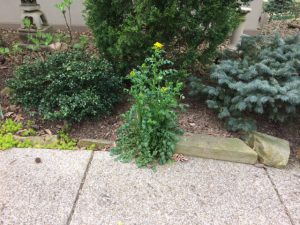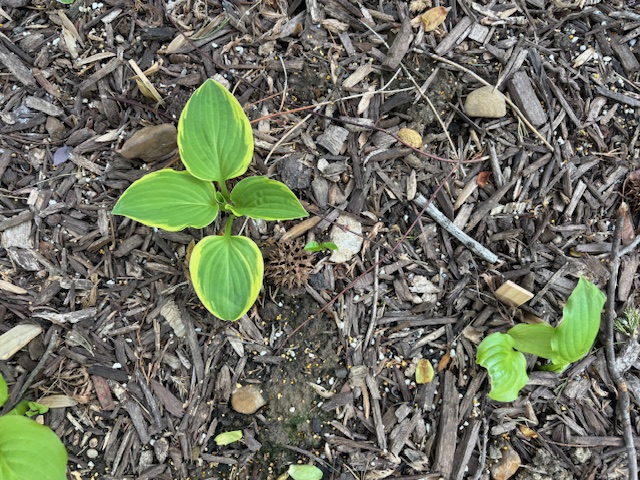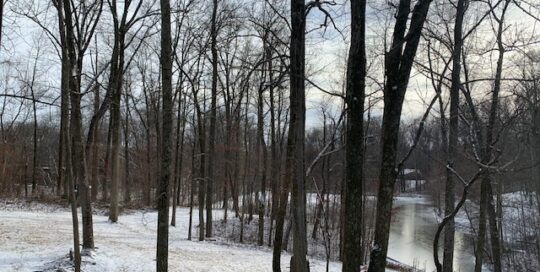Mystery Plants or Weeds? How to Find Out
Views: 1652

I may have grown nearly as many weeds as I have grown flowers. We’ve all smiled at the saying “a weed is a flower in the wrong place”, but sometimes, it really is difficult to decide what’s a weed and what’s NOT a weed. This seems especially true when it is (a) a plant new to you, (b) a volunteer, (c) a seedling, (d) a native plant, or (e) a biennial.
Two years ago, I didn’t identify garlic mustard (a biennial) during its first year – I thought it was a volunteer hollyhock (please don’t laugh). It took until it bloomed the following year that I realized what I’d been protecting from Wonderful Husband’s weedwhacker. My excuse (and I’m sticking to this), is that I hadn’t seen garlic mustard growing during its first year and many plant reference books don’t provide photos of first year biennials, perhaps only showing a good photo of a blossom, and a verbal description of the first year’s growth.
Secondly, it can be difficult to identify a native plant that you want to grow from a less desirable but closely related weed.
Of course, seedlings tend to look alike until they get a few real leaves.
The New Mystery Plant
Last year and this year, I’ve been carefully watching a volunteer which came up in the front sidewalk garden – it was a very green, lush, basal rosette, really rather pretty. It stayed green during the winter while Wonderful Husband complained every time he walked by it.
“That d…n thing is a weed!” he’d snarl.
“I know, but leave it be,” I’d calmly answer, “I want to see what it is.”
“Why?” would be his growling reply.
“Scientific curiosity.” I would smugly respond.
Truthfully, I had already looked for the plant through all my plant identification books with no results – even my “Weeds of the Northeast” reference book didn’t seem to include it. I promised myself that I would wait to pull it up after it bloomed, but before it set seed, so I could (hopefully) ID it.
This year, it shot up to about two feet tall and bloomed. My patience was finally rewarded. I still couldn’t ID from my books, but after a little help from Dr. Google, I identified it as “butterweed” or Packera glabella, also called cressleaf groundsel.
Around here, especially on damp ground and in very early spring, it will cover the farmers’ fields, making them look like butter spread thickly on toast. OK, that mystery plant is identified. Next time I see it growing, I’ll know what it is, even if I can’t think of the name (that’s an Old Age Thing).
Stay Green, Good Friends – it is FINALLY SPRING!
Meet Dona Bergman
Dona Bergman is a founding member, Southwest Indiana Chapter of the Indiana Native Plant & Wildlife Society, and an Advanced Master Gardener.







